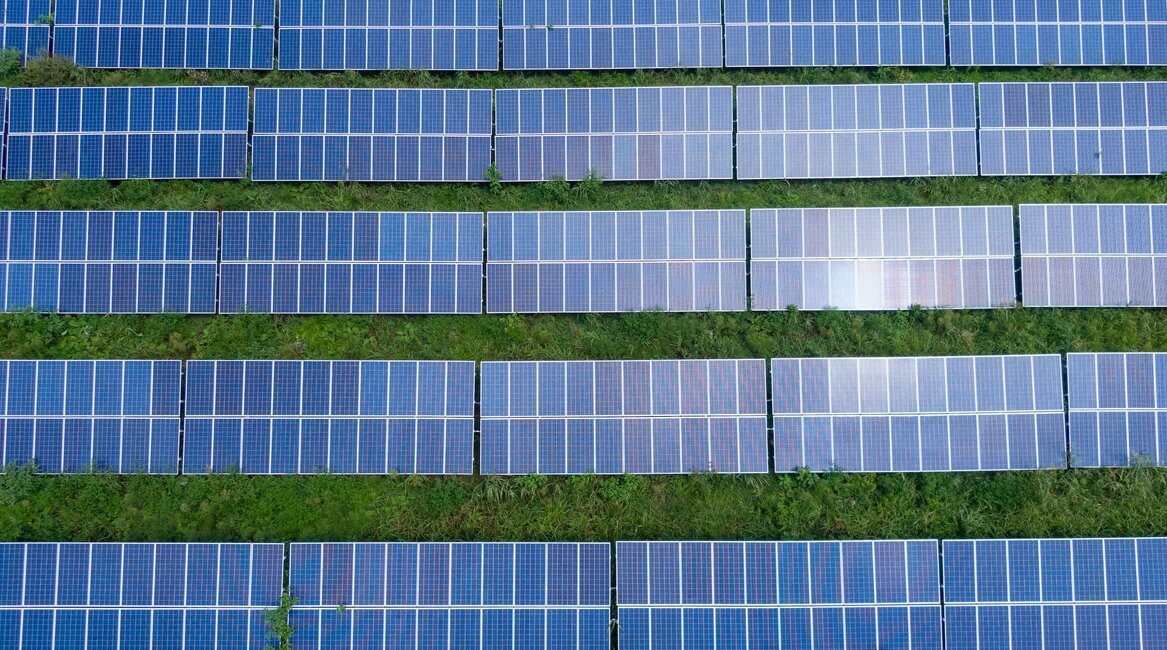21 Topics For Seminar related to Solar Energy.
Here is a collection of Solar Renewable Energy Technology Seminar Topics for Students (updated 2024),
Related: 31 Potential Uses of Solar Energy and Advantages of Solar Energy.
- Photovoltaic (PV) Cells: Photovoltaic cells, the foundation of solar power, have evolved with advancements such as thin-film, multi-junction, and perovskite cells, enhancing efficiency and cost-effectiveness. These innovations pave the way for broader adoption of solar energy in various applications.
- Solar Panels: Solar panels have undergone continuous improvements in design, incorporating innovations like bifacial panels and advanced materials. These enhancements contribute to increased energy production, making solar panels an increasingly viable and sustainable source of electricity.
- Concentrated Solar Power (CSP): Concentrated Solar Power (CSP) systems use mirrors or lenses to focus sunlight onto a small area, generating intense heat for power generation. Ongoing developments aim to improve efficiency, reduce costs, and enhance energy storage, expanding the potential of CSP technology.
- Solar Thermal Collectors: Solar thermal collectors harness sunlight to generate heat for various applications, including space heating and industrial processes. Evolving designs, such as parabolic troughs and dish collectors, focus on optimizing energy absorption and transfer, making solar thermal technology versatile and efficient.
- Solar Water Heaters: Solar water heaters use sunlight to heat water for residential and industrial use, with designs like evacuated tubes and flat-plate collectors. Materials and system integration advances contribute to improved performance and cost-effectiveness, promoting widespread adoption of solar water heating.
- Solar Desalination: Solar desalination technologies address water scarcity by using solar energy to remove salt from seawater. Innovations in membrane distillation and solar-powered reverse osmosis offer sustainable solutions for freshwater production in coastal regions.
- Solar Tracking Systems: Solar tracking systems dynamically adjust the orientation of solar panels, optimizing energy capture throughout the day. These systems enhance overall energy production, particularly in regions with variable solar angles, making them crucial for maximizing efficiency.
- Bifacial Solar Panels: Bifacial solar panels capture sunlight from both the front and rear sides, increasing energy yield by utilizing reflected light. This design innovation enhances overall efficiency, making bifacial panels suitable for various applications, from solar farms to rooftop installations.
- Floating Solar Farms: Floating solar farms deploy solar panels on bodies of water, offering a space-efficient solution for regions with limited land availability. These installations harness the cooling effect of water, enhancing panel efficiency and providing a dual benefit of energy generation and reduced water evaporation.
- Solar Windows: Solar windows integrate transparent solar cells, generating electricity while allowing light to pass through. This innovative technology holds promise for sustainable building design, contributing to energy self-sufficiency in residential and commercial applications.

- Solar-powered Vehicles: Solar energy is increasingly integrated into electric vehicles, extending their range and promoting sustainable transportation. Solar-powered charging stations further contribute to the growth of this eco-friendly mobility solution.
- Solar-powered Drones: Solar-powered drones leverage the sun’s energy to extend flight durations, making them suitable for applications like surveillance, environmental monitoring, and disaster response. Advances in solar technology contribute to increased efficiency and more extended mission capabilities.
- Solar-powered Wearables: Wearable technology incorporates solar cells to power devices, offering a sustainable and convenient energy source. This innovation includes solar-powered smartwatches, fitness trackers, and other accessories, reducing reliance on traditional batteries.
- Solar-powered LED Lighting: Solar-powered LED lighting systems utilize solar energy for outdoor and street lighting. These systems are energy-efficient, environmentally friendly, and suitable for remote areas without access to a centralized power grid.
- Solar-powered Water Pumps: Solar-powered water pumps use sunlight to power pumping systems for agriculture and irrigation. These systems provide a sustainable and off-grid solution for water supply in remote areas, promoting agricultural efficiency.
- Solar-powered Air Conditioning: Solar-powered air conditioning systems harness the sun’s energy to cool indoor spaces, offering an eco-friendly alternative to conventional cooling methods. These systems contribute to energy efficiency and reduce the environmental impact of traditional air conditioning.
- Solar-powered Refrigeration: Solar-powered refrigeration systems use solar energy to refrigerate goods, particularly in off-grid or remote locations. This technology helps maintain the cold chain for perishable items without relying on conventional power sources.
- Solar-powered IoT Devices: Integrating solar cells into Internet of Things (IoT) devices allows for sustainable and autonomous operation. Solar-powered IoT devices find applications in environmental monitoring, agriculture, and smart cities, reducing the need for frequent battery replacements.
- Solar-powered Water Purification: Solar-powered water purification systems utilize sunlight to drive water treatment processes, providing a sustainable method for producing clean drinking water. This technology is precious in areas with limited access to reliable energy sources.
- Solar-powered Cooking: Solar cookers and ovens harness solar energy for clean and sustainable cooking. These devices use reflective surfaces or solar concentrators to generate heat, offering an eco-friendly alternative to traditional cooking methods.
- Solar-powered Desiccant Cooling: Solar-powered desiccant cooling systems use solar energy to drive the dehumidification process in air conditioning. This technology improves energy efficiency and reduces the environmental impact of traditional cooling methods, particularly in humid climates.
Related Articles:
FAQ:
What is photovoltaic energy?
Photovoltaic energy is a renewable technology that uses sunlight to generate electricity. It uses photovoltaic cells, also known as solar cells, which convert sunlight into electrical energy. These cells are usually made from semiconductor materials like silicon. When sunlight hits the cells, they generate a flow of electrons, creating a direct current (DC). The DC can then be converted into usable alternating current (AC) electricity through inverters, which can power homes, businesses, and other applications. Photovoltaic systems can be installed on a small scale, such as rooftop solar panels on individual homes, or on a large scale, like solar farms generating electricity for the grid. This clean and sustainable energy source is crucial in reducing reliance on fossil fuels and mitigating environmental impact.
Collegelib.com prepared and published curated topic ideas for students’ seminar topic preparation. In addition to this information, you should research before shortlisting your topic. Please include the following Reference: Collegelib.com and link back to Collegelib in your work.